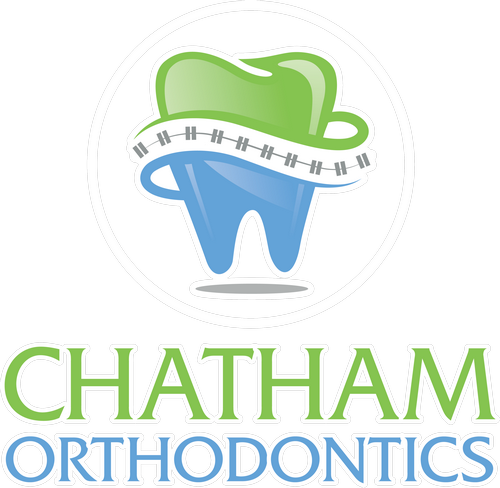Orthodontic treatment isn’t just for preteens and teenagers; the American Association of Orthodontists (AAO) advises that children have their first orthodontic evaluation by the age of seven. Early assessments allow orthodontists to identify and potentially treat malocclusions and facial irregularities at an appropriate time, even though not all evaluations lead to immediate treatment.
Identifying Orthodontic Irregularities in Children
Orthodontic issues may only sometimes be apparent with a professional assessment. These issues often stem from genetics but can be influenced by external factors like diet, oral hygiene, and habits such as thumb sucking. Signs to watch for include:
- Persistent finger or thumb sucking
- Difficulties with chewing or biting
- Misaligned teeth or jaws
- Disproportionate jaw size
- Jaws that click, shift, or make noise
- Abnormal loss or retention of baby teeth
Early Orthodontic Intervention Types
Early orthodontic interventions, categorized into preventive, interceptive, and comprehensive treatments, aim to address and prevent future dental problems.
- Preventive Treatments: Focus on preventing malocclusion in typically developing mouths, possibly involving removing baby teeth to make room for adult teeth or using space maintainers to reserve space for new teeth.
- Interceptive Treatments: Manage teeth and jaw size, remove over-retained baby teeth, and create space for adult teeth to reduce the severity of developing issues.
- Comprehensive Treatments: Tackle significant alignment or growth irregularities, potentially combining orthodontic work with jaw surgery, tooth extractions, or restorative procedures. These treatments can start before all baby teeth are lost and may require multiple phases for maximum effectiveness.
Contact Us

We encourage you to contact us with any questions or comments you may have. Please call our office or use the quick contact form below.
Testimonials

Chris C.
Dr Johnson put braces on me a little over a year ago and I honestly can’t say anything but good stuff about her and her staff. She’s a straight shooter that shoots from the hip and tells you like it is and let’s you know upfront what the process will be like and what she’ll try her best to accomplish but she will tell you that she’s not a magician either. For me that sealed…
Betty M.
Dr Johnson explain every step they are going to do. My granddaughter was not scared at all. Rosa is a very pleasant and caring person with the kids she also explains the steps that will be going on.
Camila M.
I made an appointment with Chatham Orthodontist for my 6 yr old who has an underbite and grinds her teeth. The receptionist was very friendly when I called to inquire about treatment. She explained to me how my insurance would work and what my option would be. When I arrived she was very friendly and ready for us. Dr. Johnson was great, also really friendly and very thorough…
